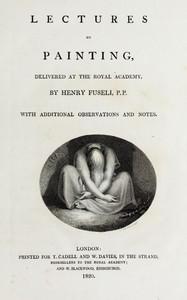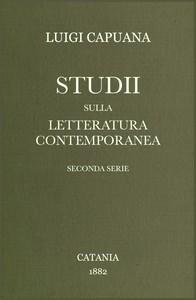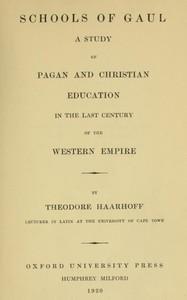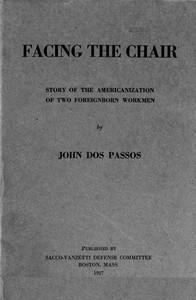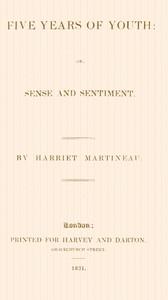|
|
Read this ebook for free! No credit card needed, absolutely nothing to pay.Words: 61060 in 11 pages
This is an ebook sharing website. You can read the uploaded ebooks for free here. No credit cards needed, nothing to pay. If you want to own a digital copy of the ebook, or want to read offline with your favorite ebook-reader, then you can choose to buy and download the ebook.

: Lectures on painting delivered at the Royal Academy by Fuseli Henry - Painting@FreeBooksSat 23 Sep, 2023 LECTURES ON PAINTING. Printed by A. and R. Spottiswoode, Printers-Street, London. LECTURES ON PAINTING, DELIVERED AT THE ROYAL ACADEMY, BY HENRY FUSELI, P.P. WITH ADDITIONAL OBSERVATIONS AND NOTES.
LONDON: PRINTED FOR T. CADELL AND W. DAVIES, IN THE STRAND, BOOKSELLERS TO THE ROYAL ACADEMY AND W. BLACKWOOD, EDINBURGH. 1820. INTRODUCTION. It cannot be considered as superfluous or assuming to present the reader of the following lectures, with a succinct characteristic sketch of the principal technic instruction, ancient and modern, which we possess: I say, a sketch, for an elaborate and methodical survey, or a plan well digested and strictly followed, would demand a volume. These observations, less written for the man of letters and cultivated taste, than for the student who wishes to inform himself of the history and progress of his art, are to direct him to the sources from which my principles are deduced, to enable him, by comparing my authors with myself, to judge how far the theory which I deliver, may be depended on as genuine, or ought to be rejected as erroneous or false. The works or fragments of works which we possess, are either purely elementary, critically historical, biographic, or mixed up of all three. On the books purely elementary, the van of which is led by Lionardo da Vinci and Albert Durer, and the rear by Gherard Lairesse, as the principles which they detail must be supposed to be already in the student's possession, or are occasionally interwoven with the topics of the Lectures, I shall not expatiate, but immediately proceed to the historically critical writers; who consist of all the antients yet remaining, Pausanias excepted. In his dates he seldom errs, and sometimes adjusts or corrects the errours of Greek chronology, though not with equal attention; for whilst he exposes the impropriety of ascribing to Polycletus a statue of Hephestion, the friend of Alexander, who lived a century after him, he thinks it worth his while to repeat that Erynna, the contemporary of Sappho, who lived nearly as many years before him, celebrated in her poems a work of his friend and fellow-scholar Myron of Eleutherae. His text is at the same time so deplorably mutilated that it often equally defies conjecture and interpretation. Still, from what is genuine it must be confessed that he condenses in a few chapters the contents of volumes, and fills the whole atmosphere of art. Whatever he tells, whether the most puerile legend, or the best attested fact, he tells with dignity. Of Quintilian, whose information is all relative to style, the tenth chapter of the twelfth book, a passage on Expression in the eleventh, and scattered fragments of observations analogous to the process of his own art, is all that we possess; but what he says, though comparatively small in bulk with what we have of Pliny, leaves us to wish for more. His review of the revolutions of style in painting, from Polygnotus to Apelles, and in sculpture from Phidias to Lysippus, is succinct and rapid; but though so rapid and succinct, every word is poised by characteristic precision, and can only be the result of long and judicious inquiry, and perhaps even minute examination. His theory and taste savour neither of the antiquary nor the mere Dilettante; he neither dwells on the infancy of art with doating fondness, nor melts its essential and solid principles in the crucibles of merely curious or voluptuous execution. Still less in volume, and still less intentional are the short but important observations on the principles of art and the epochs of style, scattered over nearly all the works of Cicero, but chiefly his Orator and Rhetoric Institutions. Some of his introductions to these books might furnish the classic scenery of Poussin with figures; and though he seems to have had as little native taste for painting and sculpture, and even less than he had taste for poetry, he had a conception of nature; and, with his usual acumen, comparing the principles of one art with those of another, frequently scattered useful hints, or made pertinent observations. For many of these he might probably be indebted to Hortensius, with whom, though his rival in eloquence, he lived on terms of familiarity, and who was a man of declared taste and one of the first collectors of the time. Free books android app tbrJar TBR JAR Read Free books online gutenberg More posts by @FreeBooks
: Studii sulla letteratura contemporanea by Capuana Luigi - Literature Modern 19th century History and criticism@FreeBooksSat 23 Sep, 2023

: Schools of Gaul in the last century of the Western Empire by Haarhoff T J Theodore Johannes - Education Ancient France; Gaul History 58 B.C.-511 A.D.@FreeBooksSat 23 Sep, 2023
|
Terms of Use Stock Market News! © gutenberg.org.in2025 All Rights reserved.

